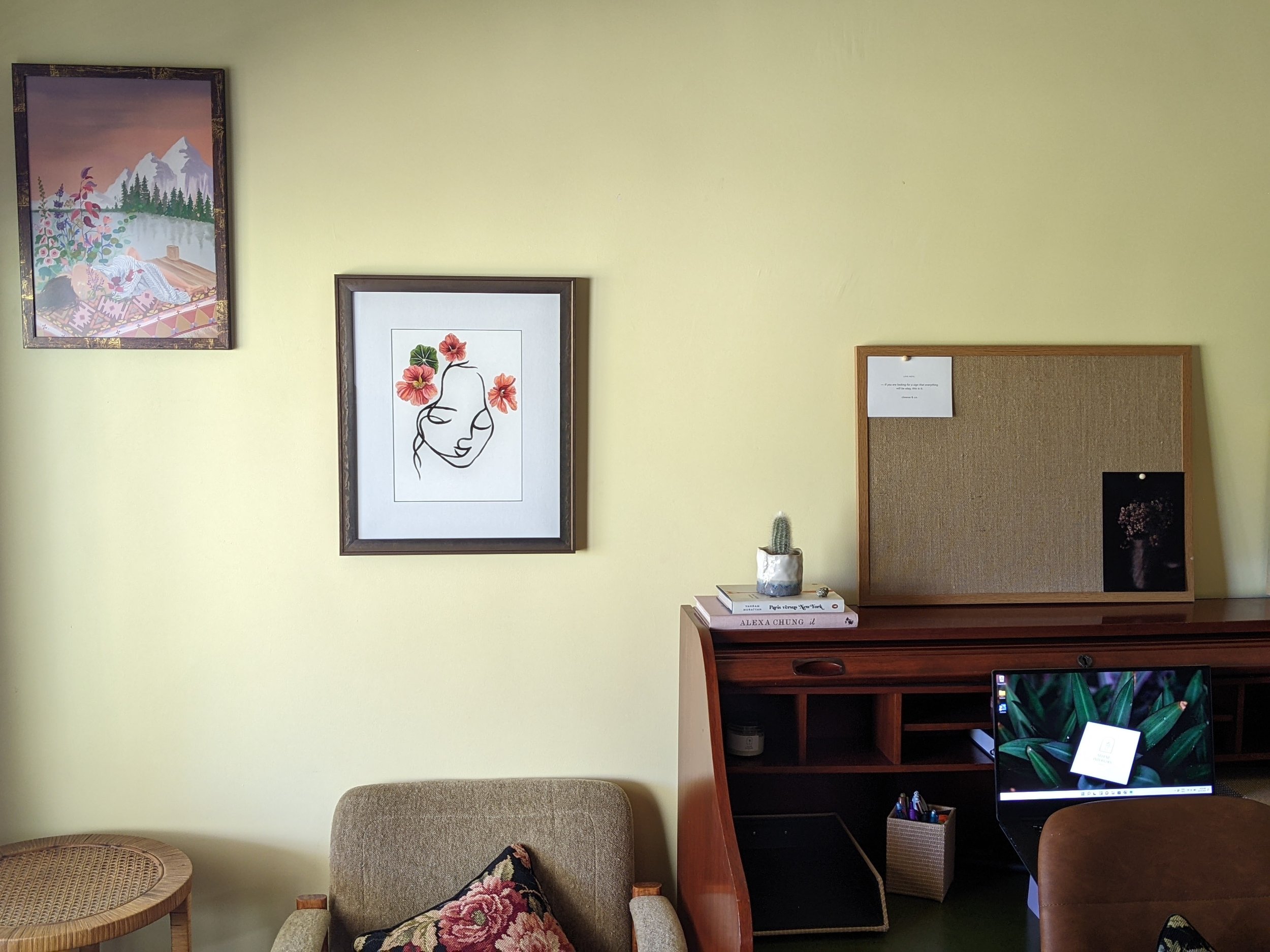Eight Tips to Help You Create a Comfortable Home Office
In recent times, the concept of a traditional office has evolved dramatically. With remote work becoming increasingly prevalent, the importance of creating a comfortable and productive home office space has never been more significant.
Styling & Selections: Selene Interiors
The concept of a traditional office has evolved dramatically in recent times. With remote work becoming increasingly prevalent, the importance of creating a comfortable and productive home office space has never been more significant. Here are eight tips to help you create a productive Home office.
1. Selecting the Right Location: Begin by choosing the most suitable location within your home for your office space. Ideally, you would like to choose an area with ample natural light and minimal distractions. A spare bedroom, a quiet corner, or a well-lit alcove can be excellent choices.
2. Investing in Quality Furniture: Comfort is paramount in furniture selection. Invest in a supportive and ergonomic chair that promotes good posture and reduces strain on your body during extended periods of sitting. Similarly, opt for a spacious desk that accommodates your work essentials, such as your computer, printer, and stationery, while allowing room for movement.
3. Optimizing Lighting: Adequate lighting reduces eye strain and enhances productivity. Position your desk near a window to capitalize on natural light whenever possible. Additionally, supplement natural light with task lighting, such as desk lamps or overhead lights, to ensure sufficient illumination, especially during darker hours.
4. Personalizing the Space: Infuse your personality into the design of your home office to create a space that resonates with you. Incorporate elements that inspire creativity and motivation, such as artwork, plants, or meaningful decor items. By personalizing your workspace, you'll feel more connected and motivated to engage in your tasks.
5. Prioritizing Organization: An organized workspace fosters efficiency and reduces clutter-induced stress. Invest in storage solutions such as shelves, filing cabinets, or desk organizers to keep your supplies and documents neatly arranged. Establish a filing system for easy access to important papers and declutter your workspace regularly to maintain a clear and focused environment.
6. Incorporating Greenery: Introducing plants into your home office enhances aesthetic appeal and offers numerous benefits for your well-being. Plants improve air quality, reduce stress, and increase productivity, making them invaluable additions to any workspace. Choose low-maintenance varieties that thrive indoors, such as succulents, peace lilies, or snake plants, to elevate your office environment effortlessly.
7. Creating Zones for Productivity: Designate specific zones within your home office for different tasks to maximize efficiency. Dedicate one area for focused work, another for meetings or video calls, and a relaxation corner for breaks. By delineating these zones, you'll create a structured environment supporting your workday's different aspects.
8. Regularly Assessing and Adapting: Finally, assess your home office setup and adjust to optimize comfort and productivity. Listen to your body and address any discomfort or ergonomic issues as soon as possible. Experiment with different layouts, furniture arrangements, and decor elements to find the best.
Styling & Selections: Selene Interiors


